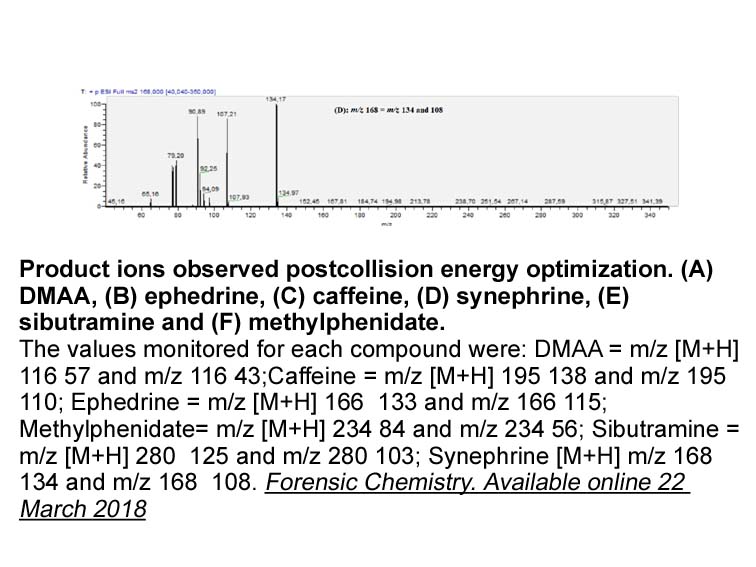Archives
The laminins used in our system were selected because
The laminins used in our system were selected because of their importance in the developing AZD 6244 (Domogatskaya et al., 2012; Miner et al., 2004), the regenerating liver (Martinez-Hernandez and Amenta, 1995; Carlsson et al., 1981), and the liver stem cell niche (Tanimizu et al., 2012; Lorenzini et al., 2010). Additionally, the laminins employed in this study are known to support the clonal expansion of hESC s (Rodin et al., 2010) and drive endodermal differentiation (Taylor-Weiner et al., 2013) and liver stem cell differentiation (Takayama et al., 2013a), making them ideal candidate substrates for our purposes. Although endoderm and liver stem cell differentiation has been achieved, neither of the laminin matrices employed, in isolation or mixed format, have been shown to support hepatocyte differentiation from research- and GMP-grade hESC lines.
s (Rodin et al., 2010) and drive endodermal differentiation (Taylor-Weiner et al., 2013) and liver stem cell differentiation (Takayama et al., 2013a), making them ideal candidate substrates for our purposes. Although endoderm and liver stem cell differentiation has been achieved, neither of the laminin matrices employed, in isolation or mixed format, have been shown to support hepatocyte differentiation from research- and GMP-grade hESC lines.
Results
Discussion
The extracellular matrix can have profound effects on cells, modulating many biological processes, including cell attachment, migration, proliferation, differentiation repair, and development (Martinez-Hernandez and Amenta, 1993a, 1993b, 1995). By mimicking key elements of the liver cell niche using two laminin isoforms, we dramatically improved hepatocyte differentiation, significantly enhancing cell organization and function. Although similar numbers of HLCs were produced on the three matrices, distinct differences in HLC phenotype, organization, and function were observed. Notably, CYP1A2 and 3A function were equivalent or superior to primary human hepatocytes when stem cell-derived hepatocytes were cultured on laminin 521 and the laminin 111 mix, and this remained stable for several days in culture.
In addition to metabolic function, stem cell-derived hepatocytes displayed more organized structures on the laminin substrates. The differences in cell organization between laminin and Matrigel cultures could have been underpinned by the upregulation of key proliferation and motility genes on Matrigel. With the exception of E2F7, which was reduced significantly on the laminin 111 mix only, AURKA, SOX11, and TFAP2A were reduced on both laminins. E2F7 is an important regulator of hepatocyte proliferation and human telomerase gene expression (Sirma et al., 2011) and represents a key target in the quest for a mature and stably differentiated hepatocyte in vitro. Similarly, the suppression of AURKA, SOX11, and TFAP2A, known to play key roles in cell proliferation, hyperplasia, and suppression of terminal differentiation, were also suppressed on both laminin substrates (Gadi et al., 2013; Holl et al., 2011; Lee et al., 2013), representing significant progress. Enhanced hepatocyte organization on both laminins was evidenced by MRP1 staining and resulted in improved canalicular excretion of CDFDA, suggesting a mature feature stem cell-derived hepatocytes in vitro (Karpen and Suchy, 2001).
The analysis of liver gene expression and function suggested an improvement of the hepatocyte phenotype on laminins. We were keen to understand what underpinned this and employed gene microarrays. Using principal component analysis, our first goal was to understand whether the different matrices cause dramatic or only minor changes in overall gene expression (Godoy et al., 2009, 2010). The number of differentially expressed genes in this study could be considered major, with the laminin 111 mix and laminin 521 imparting three specific features on HLCs compared with Matrigel. First, expression of pluripotency-associated transcripts was more effectively suppressed by laminins. Second, the laminin 111 mix more efficiently suppressed proliferation and migration-associated gene expression. Third, induction of unwanted colon- and fibroblast-associated gene expression, which is an inherent side effect of the currently used hepatocyte differentiation protocols (Godoy et al., 2015), was ameliorated by the laminin 111 mix.